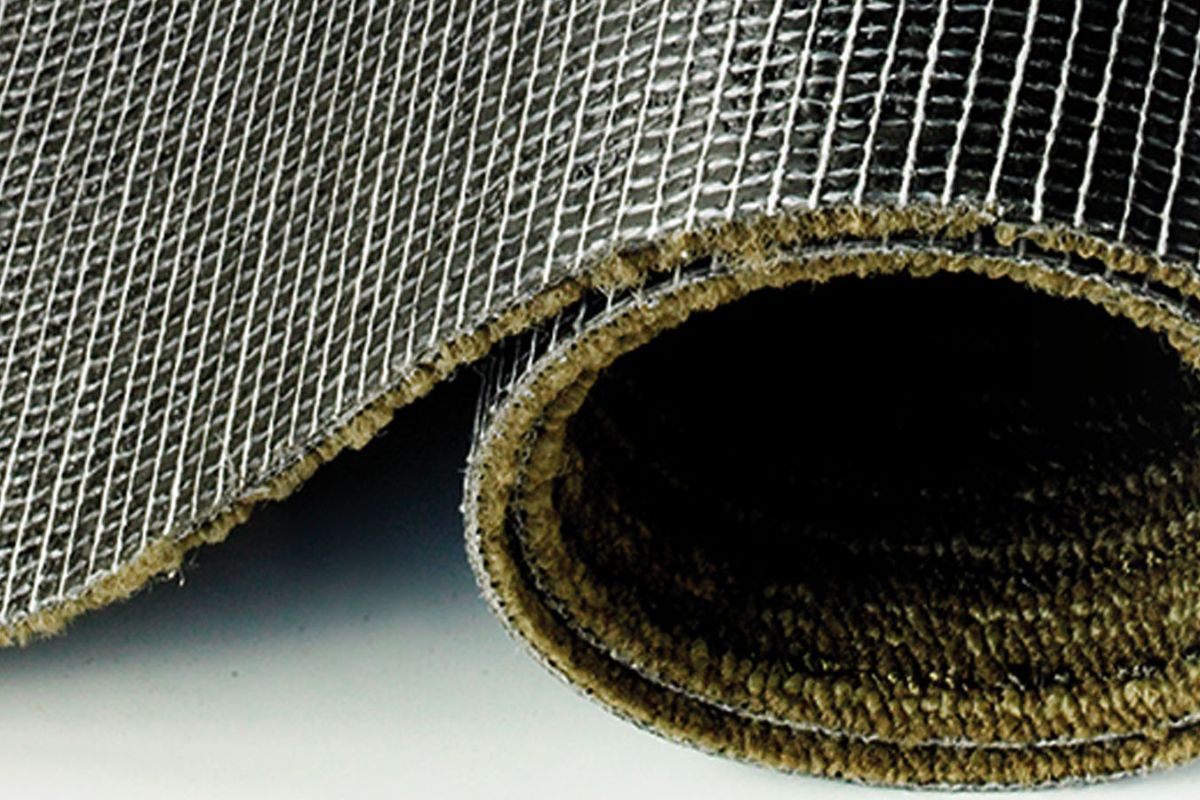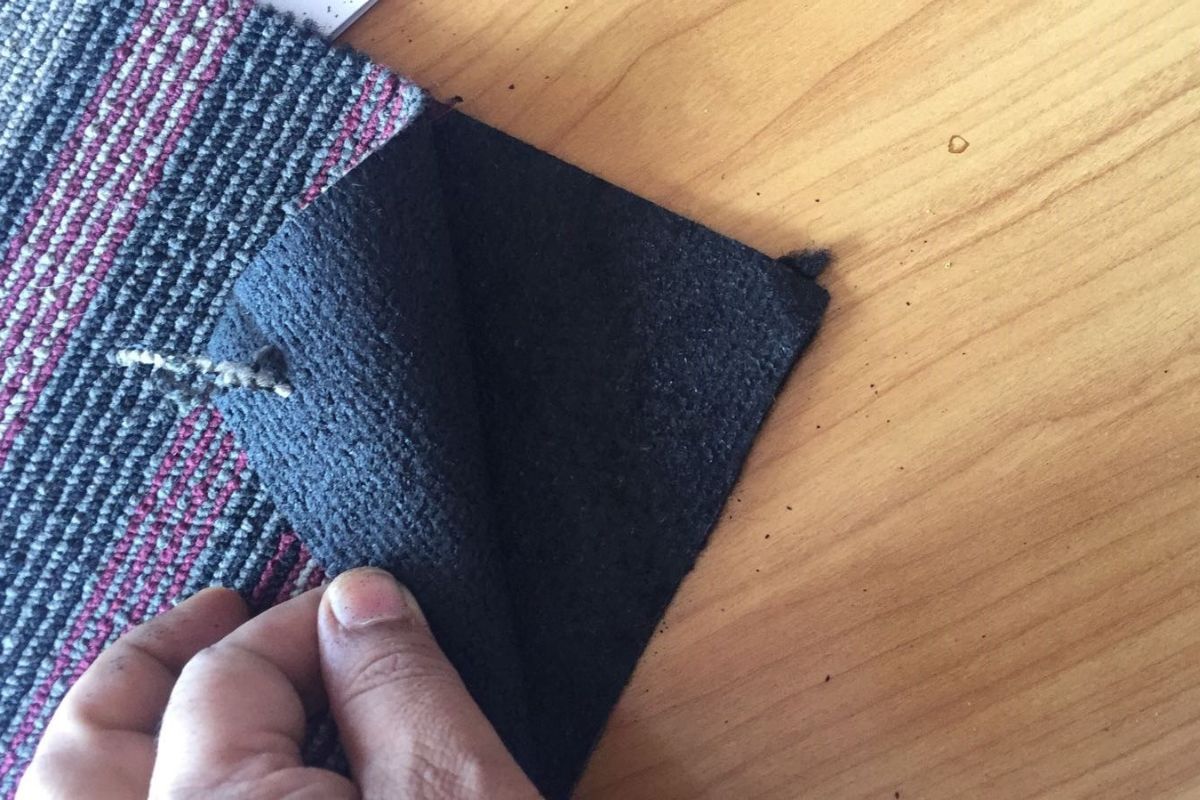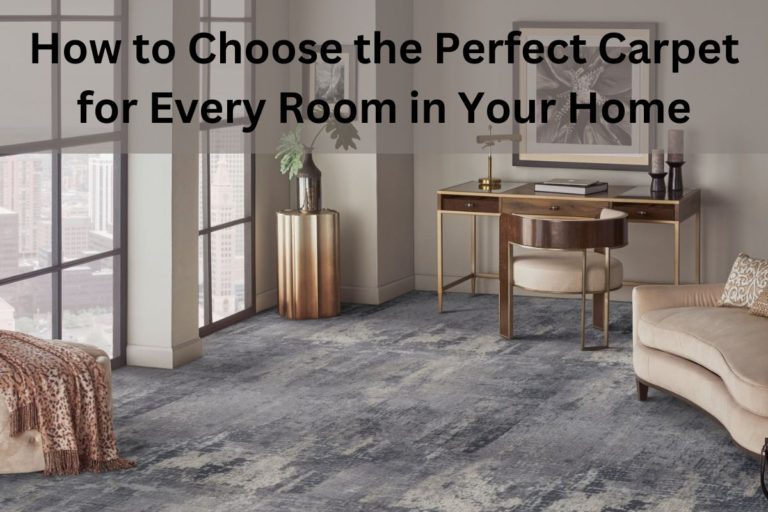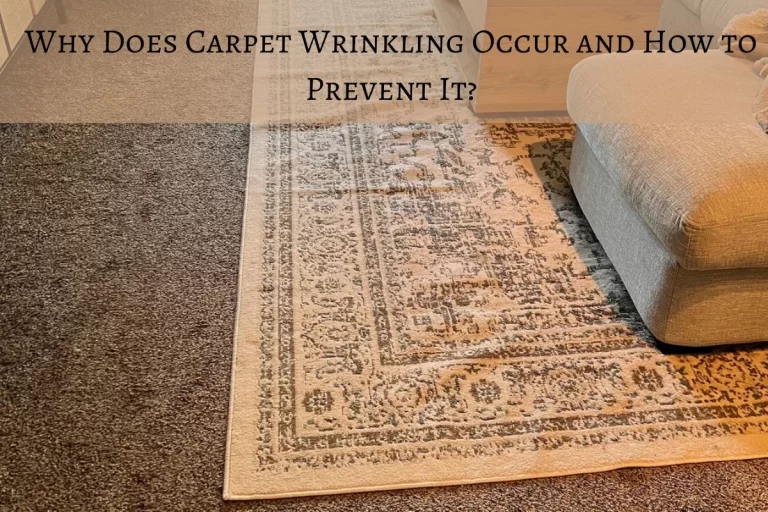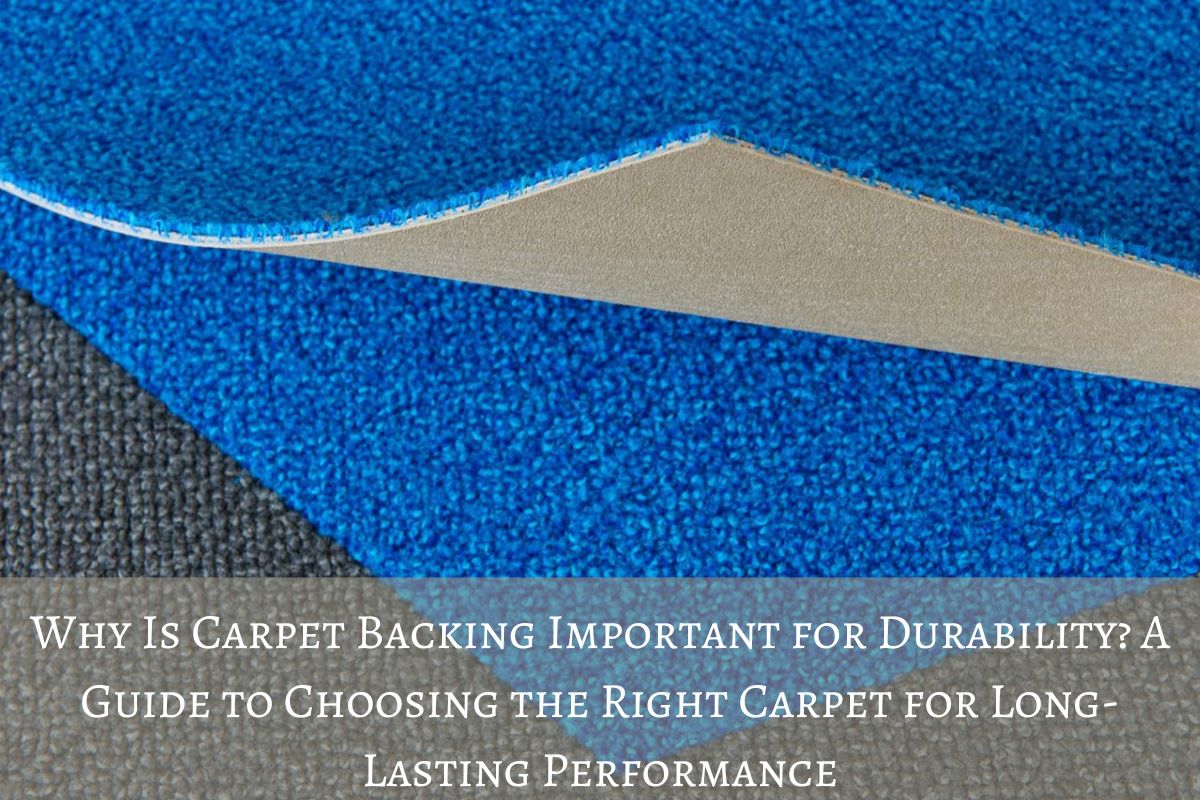
When it comes to selecting the perfect carpet, most people focus on color, texture, and style—because, let’s face it, who doesn’t want their floors to look fabulous? But beneath that plush surface lies a hidden hero: carpet backing. While it may not be the star of the show, the backing plays a crucial role in determining your carpet’s durability and performance over time. Think of carpet backing as the foundation of a house. Without a solid base, even the most luxurious design can falter under pressure. Whether you’re dealing with heavy foot traffic, rowdy pets, or the occasional coffee spill, the right backing can make all the difference in how well your carpet stands the test of time. In this guide, we’ll delve into why carpet backing is essential, explore the different types available, and provide tips on choosing the best option for your needs. By the end, you’ll be equipped to select a carpet that not only enhances your space but also lasts for years to come.
Introduction to Carpet Backing
Carpet backing is the unsung hero of your carpet’s structure. While the top layer gets all the attention, the backing ensures everything stays intact, supports the fibers, and contributes to the carpet’s durability. It’s the hidden layer that provides stability, prevents wrinkles, and helps your carpet maintain its shape under pressure. Without it, even the plushest carpets can wear out prematurely. A good carpet backing can withstand heavy foot traffic, making it essential for areas like living rooms or hallways. Understanding its importance is the first step in choosing a carpet that’s as resilient as it is stylish.
The Functions of Carpet Backing
Carpet backing plays several critical roles that go beyond just holding fibers together. It provides stability, preventing the carpet from stretching or buckling over time. By absorbing impact, it reduces wear caused by daily foot traffic. The backing supports the carpet fibers, ensuring they remain upright and maintain their lush appearance. In some cases, it acts as a moisture barrier, protecting both the carpet and the subfloor from spills or humidity. These functions combine to make backing a key player in a carpet’s long-term performance and durability, ensuring it stays beautiful and functional for years to come.
Types of Carpet Backing
There are various types of carpet backing to suit different needs. Primary backing holds the carpet fibers in place, while secondary backing provides extra strength and stability. Foam backing is lightweight and budget-friendly, often found in low-cost carpets. Jute backing, made from natural fibers, is eco-friendly and offers a traditional feel. Rubber backing adds slip resistance, making it ideal for rugs and mats. Each type has distinct characteristics, so understanding their strengths helps you choose the right one. Whether you prioritize durability, comfort, or sustainability, there’s a backing type tailored to your requirements.
Materials Used in Carpet Backing
Carpet backing comes in various materials, each with unique benefits. Natural options like jute or cotton are biodegradable and eco-friendly, ideal for those prioritizing sustainability. Synthetic materials such as polypropylene, latex, and polyurethane are durable, moisture-resistant, and budget-friendly, making them popular for modern homes. Polypropylene, for instance, offers strength and flexibility, while latex enhances carpet stability. Choosing the right material depends on the carpet’s intended use, environmental conditions, and maintenance preferences. For example, damp areas benefit from moisture-resistant synthetics, while eco-conscious homeowners may opt for natural jute. Balancing these factors ensures your carpet meets your needs.
Carpet Backing and Its Influence on Performance
Carpet backing significantly affects performance. It determines how well the carpet handles heavy traffic and pressure over time. A strong backing prevents stretching, keeping the carpet in place and maintaining its visual appeal. Backing also impacts comfort by enhancing cushioning and support, making carpets feel softer underfoot. Additionally, it helps reduce noise, acting as a sound insulator, and contributes to better temperature control. In high-moisture environments, a quality backing can act as a barrier, protecting against mold and mildew. By choosing the right backing, you ensure your carpet performs optimally, no matter where it’s installed.
Choosing the Right Carpet Backing for Your Needs
The right carpet backing depends on your lifestyle and the area of installation. For high-traffic zones like hallways or offices, durable secondary backing is ideal. Homes with pets or kids benefit from moisture-resistant options that can withstand spills and accidents. In damp environments like basements, rubber or synthetic backing offers protection against moisture. Pairing the backing with the correct underlay ensures compatibility with your flooring type, enhancing performance and longevity. Assess your needs—whether it’s durability, noise reduction, or eco-friendliness—before making a decision. The right backing can transform a good carpet into a long-lasting investment.
Maintenance and Longevity
Carpet backing plays a vital role in maintenance and longevity. A sturdy backing makes carpets easier to clean, as it prevents spills from soaking through to the subfloor. Backings with moisture barriers are particularly helpful for preventing stains and odors. Regular vacuuming, spot cleaning, and professional maintenance ensure the backing and carpet fibers remain in good condition. Poor-quality backings may degrade quickly, leading to loose fibers and uneven surfaces. Investing in a high-quality backing and following proper care routines can significantly extend the carpet’s lifespan, keeping it looking fresh and performing well for years.
Cost vs. Value of Carpet Backing
While premium carpet backing may cost more upfront, it offers long-term value by increasing the carpet’s durability. Investing in high-quality backing prevents issues like wrinkling, wear, and premature replacement, saving money over time. Budget-friendly options like foam may work for low-traffic areas, but they lack the resilience of jute or synthetic backings. Consider the cost of repairs and replacements when evaluating your choices. Durable backing also enhances comfort and functionality, making it worth the investment. Balancing your budget with the expected lifespan and performance ensures you get the best value for your money.
Conclusion and Recommendations
Carpet backing is a critical factor in the overall performance and durability of a carpet. From providing stability and support to enhancing comfort and moisture resistance, the right backing ensures your carpet withstands the rigors of daily use. By understanding the types, materials, and benefits of backing, you can make an informed choice that aligns with your needs and lifestyle. Whether you’re prioritizing eco-friendliness, durability, or cost, selecting the right backing is an investment in long-term satisfaction. Choose wisely, and your carpet will not only look great but also last for years to come.

